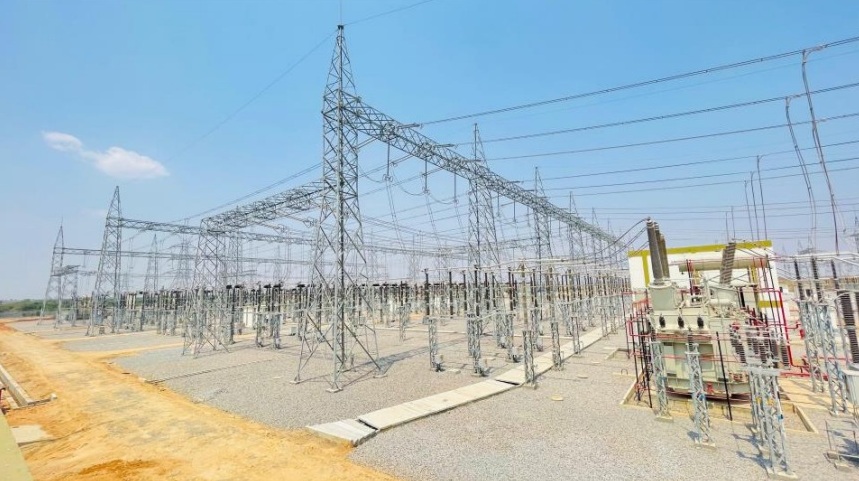The National Committee on Transmission (NCT), in its latest meeting, approved four interstate transmission system (ISTS) schemes, with an aggregate outlay of over Rs.13,000 crore, for implementation under the tariff-based competitive bidding (TBCB) route.
The broad details of the four schemes are follows:
Scheme: Transmission system for strengthening to facilitate evacuation of power from Bhadla/Bikaner complex
Cost: Rs.198.75 crore
Implementation period: 18 months
BPC: PFC Consulting Ltd
Scheme: Transmission system for evacuation of power from Rajasthan REZ Ph-IV (Part-4: 3.5 GW): Part A
Cost: Rs.5,845.93 crore
Implementation period: 24 months
BPC: REC Power Development & Consultancy Ltd
Scheme: Transmission system for evacuation of power from Rajasthan REZ Ph-IV (Part-4: 3.5 GW): Part B
Cost: Rs.6,394.94 crore
Implementation period: 24 months
BPC: REC Power Development & Consultancy Ltd
Scheme: System strengthening at Koppal-II and Gadag-II for integration of RE generation projects
Cost: Rs.1,354.40 crore
Implementation period: In phases from December 2025 to June 2027
BPC: PFC Consulting Ltd
While the first scheme described above, costing less than Rs.500 crore, has been approved for implementation by NCT, the remaining three schemes will need final approval from the Union power ministry. It may be recalled that ISTS schemes costing less than Rs.100 crore can be approved by Central Transmission Utility of India Ltd (CTUIL) and those between Rs.100 crore and Rs.500 crore can be cleared by NCT. Those costing over Rs.500 crore are recommended by NCT to the Union power ministry for final clearance.
Rajasthan REZ schemes
The two Rajasthan REZ-related schemes mentioned above, in conjunction, aim at evacuation of 3.5 GW of solar energy from Fatehgarh-IV pooling station (1 GW) and Barmer-I pooling station (2.5 GW). This scheme will also facilitate evacuation of an additional 2 GW of RE power from Nagaur complex.
The major elements in the “Part A” scheme include augmentation of Barmer-I PS with 765/400kV, 2×1500 MVA transformers (4th and 5th); augmentation of Barmer-I PS with 400/200kV, 5×500 MVA interconnecting transformers (5th to 9th); double-circuit line connecting Barmer-I PS to Fatehgarh-IV PS, running 45 km; and setting up of a new 765/400kV, 2×1500 MVA AIS substation at Ghiror in Mainpuri district, Uttar Pradesh.
Part B will entail, among several other elements, setting up of a new 765/400kV AIS substation at Merta (to be known as Merta-II substation) in Nagaur district, Rajasthan and a double-circuit 765kV line connecting Barmer-I PS and Merta-II, running 345km. Connectivity will also be established between Merta-II and two other substations – Beawar and Dausa.
Koppal-II, Gadag-II
The system strengthening scheme at Koppal-II and Gadag-II, taking place in Karnataka, will involve augmentation of the two pooling stations, to meet growing connectivity demands from RE generators. This scheme will augment capacity of transmission infrastructure that is presently being created under an independent ISTS-TBCB scheme housed under “Powergrid Koppal Gadag Transmission Ltd,” a wholly-owned subsidiary of Power Grid Corporation of India Ltd (PGCIL).
Also read: ISTS-TBCB Market Sees Hectic Activity In FY24
Featured photograph (source: GE T&D India) is for representation only

